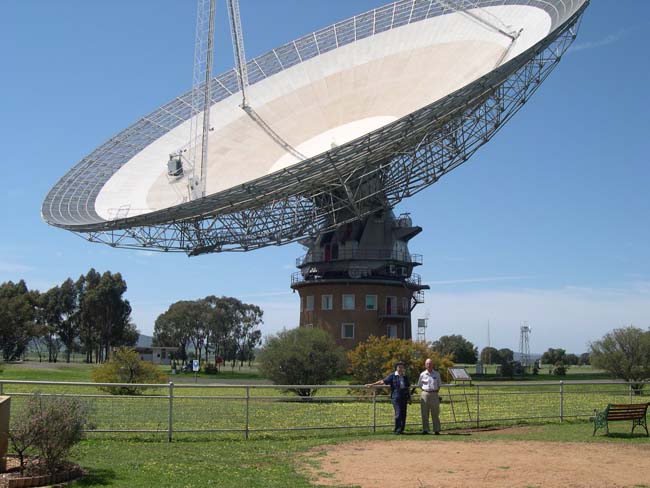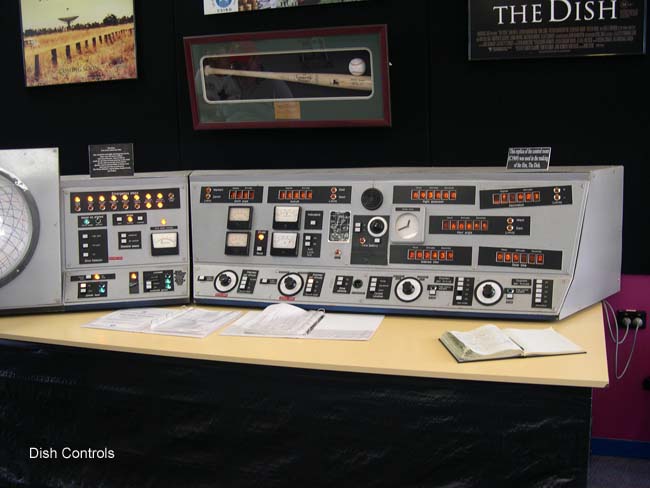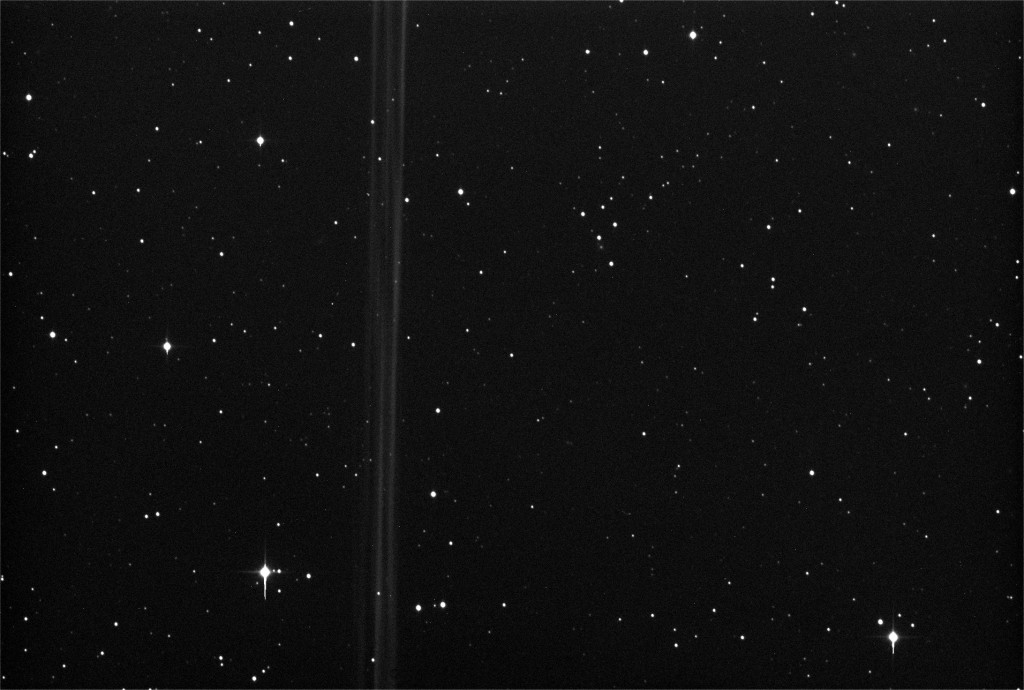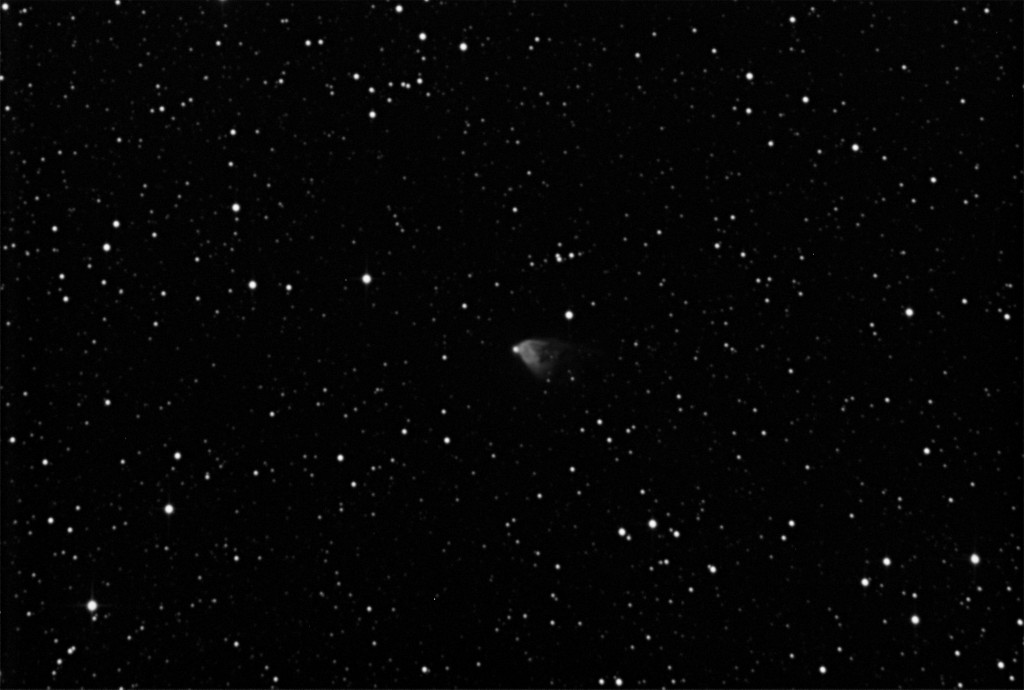During their recent visit, guest observers Marie and John W. commented that the Pear Tree Observatory was not the first observatory they had toured. They then sent me some photos of their 2005 field trip to the Parkes Radio Observatory in New South Wales, Australia. First brought on line in 1961, the observatory is still in active service as part of the Commonwealth Scientific and Industrial Research Organisation’s (CSIRO) Australia Telescope National Facility. The 64 meter dish at Parkes along with sister observatories Honey Suckle Creek and Tidbinbilla supported the Apollo 11 mission to land man on the moon, with Parkes ultimately providing the primary reception of the TV signals transmitted by Eagle.
Quite often, pictures of large radio telescopes are taken from enough distance to include the entire dish. This makes it difficult to visualize the size of the facility, but this photo really puts the enormity of the main reflector in perspective. Marie also included a photograph of an original control console used during the mission currently on display in the observatory museum.
Finally, the observatory is also the star of the 2000 movie “The Dish” starring Sam Neil. The movie portrays a Hollywood version of the people and events surrounding the observatory’s support of the moon landing.
Many thanks to Marie and John for sharing their photos.



